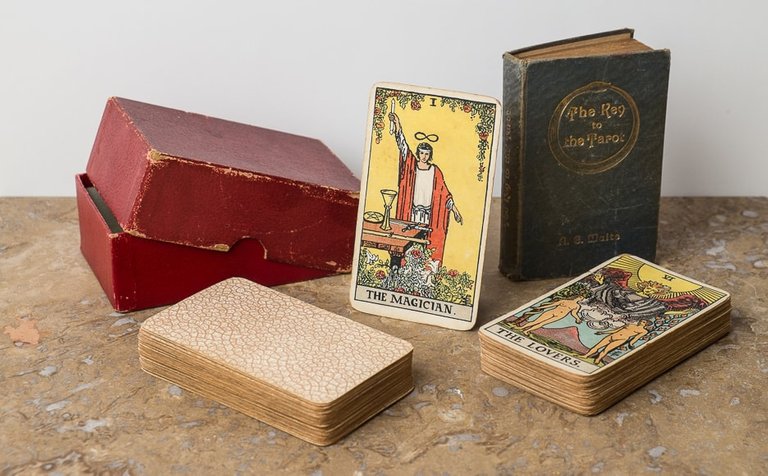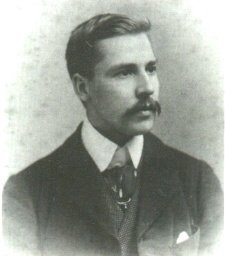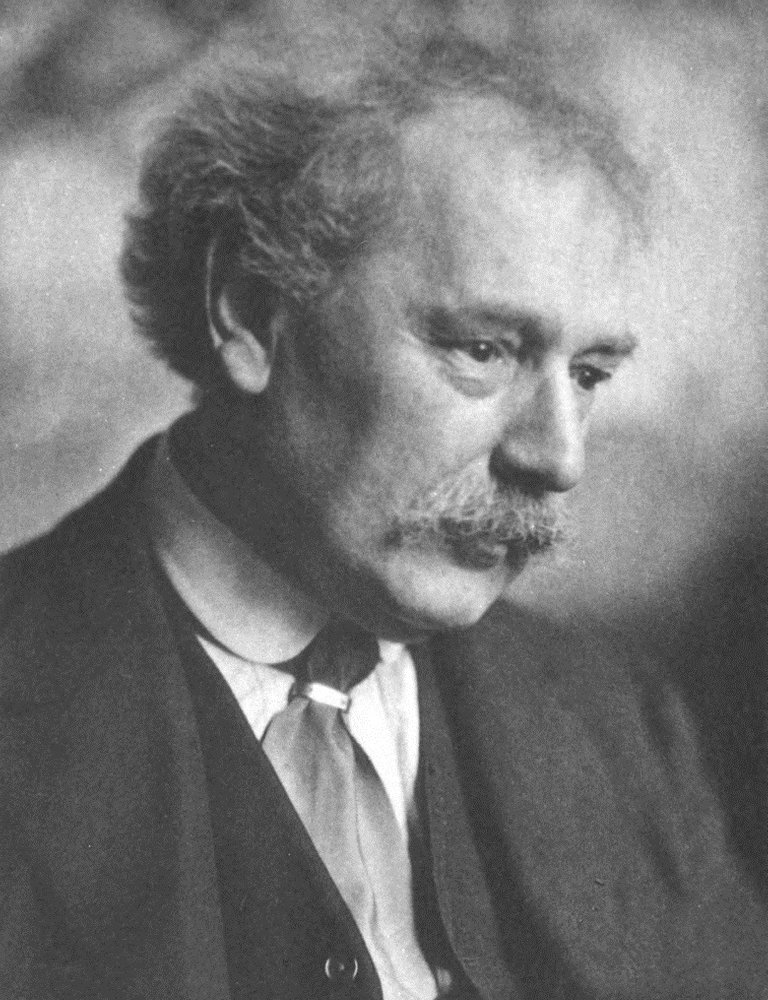The inquisitive Arthur E. Waite was all three at some point in his life. His biographer, R.A. Gilbert described him in the following words, "Waite's name has survived because he was the first to attempt a systematic study of the history of western occultism viewed as a spiritual tradition rather than as aspects of proto-science or as the pathology of religion."
Waite was an author of numerous esoteric texts on subjects including divination, Rosicrucianism, freemasonry, black and ceremonial magic, Kabbalism and alchemy. He also translated and reissued several important mystical and alchemical works.
Arthur Edward Waite's Hermetic Museum is one of the largest collections of Alchemical tracts, first published in Latin in 1678. Waite translated it into English and issued it in two volumes in 1893.
Best known for the “Tarot Pack” created under his direction by an artistic devotee, Pamela Coleman Smith. The Waite-Smith tarot was notable for being one of the first tarot decks to illustrate all 78 cards fully, not just the 22 major arcana cards. His inspiration for the deck seems to have originated from the Sola Busca Tarot.

Waite-Smith Tarot A deck circa 1911
Image Source
A little background on his early life.
Arthur Waite was born to an mother of English descent, his Father was a US citizen who presumably died at sea while in the Merchant Marines. When he was just a child his mother, née Emma Lovell returned to England and converted to Catholicism, she raised Arthur in the catholic church. The family didn’t have a lot of money or social standing, they lived hand to mouth making due with what they had.

Arthur Waite in his youth, public domain image
After finishing school Arthur was employed as a clerk and began writing in his spare time to make extra money. At some point he began to read about esoteric topics at the British Museum’s library.
At 29 he married Ada Lakeman, they had one daughter. Ada died in 1924 and he then married Mary Schofield. Andrew spent all his life in or near the confines of the city of London. He later met MacGregor Mathers, a co-founder of the occult group Golden Dawn. Despite not being fond of Macgregor he was initiated into Isis-Urania at Mathers home.
Being connected with a variety of London publishers he edited a small magazine called “The Unknown World”, he had became engrossed with the esoteric world following the death of his only sibling, Frederika. He was passionate in his interest of occult practices and history.
It’s been written that Waite preferred the path of the “Mystic” to that of the “Occultist.”
Isis-Urania was split into the Isis Temple loyalists and the dissident Stella Matutina. He didn’t see eye to eye with cofounder Macgregor Mathers and was uncomfortable in his presence. Stella Matutina evolved into a mystical Golden Dawn under Waite himself. During this time Waite decided to become a FreeMason, it seems certain individuals at the Grand Lodge had previously resented his prying into their rituals. He now had a convenient method to continue with his research and rose to the highest levels within Freemasonry.

Waite in his more senior years, public domain image
Arthur Waite remains one of the most prolific and interesting members of Western Spiritual Mysticism, most of his writings are still in print and available to the public.
I wish people would comment, but thanks for the upvotes.
interesting . i have always flocked to esoteric texts and subjects myself.
Thanks for having a look. Mystical and mysterious subjects interest me a great deal.
Did you ever hear of the Scole Experment?
I actually had not, thanks for the vid.